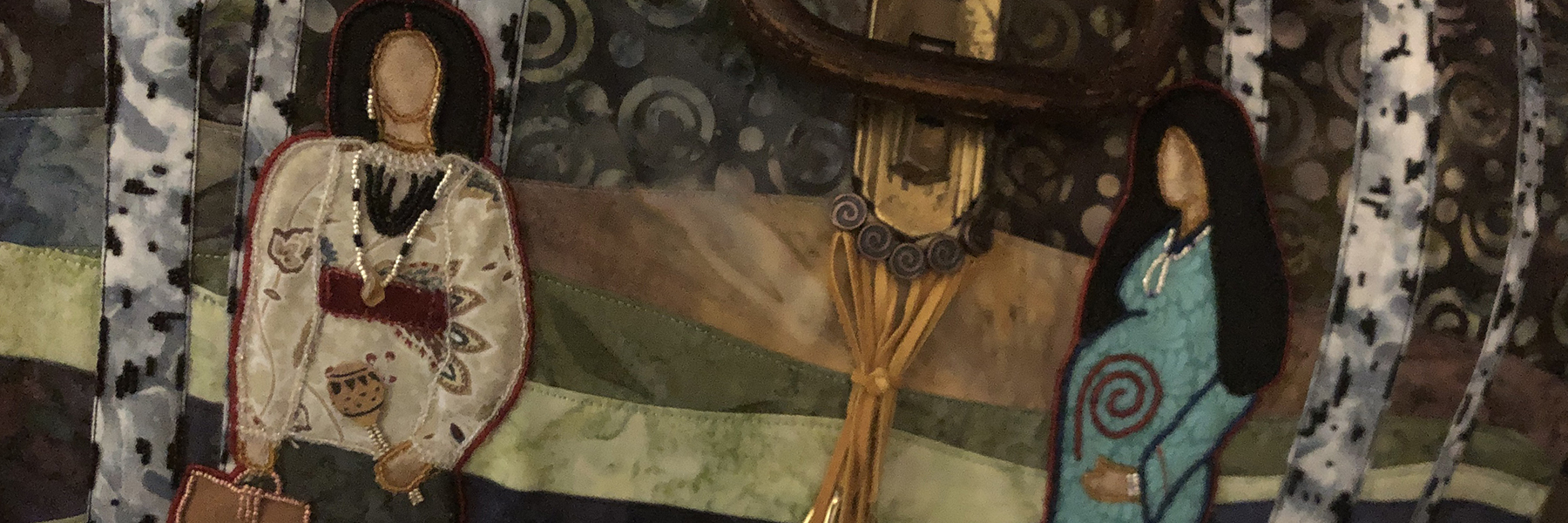Bloomington is home to some of the most expansive and eclectic collections of art and archival materials in the Midwest. It is also a gathering place for contemporary artists working in a wide range of media. Indiana Remixed brings together both traditional and cutting-edge works for a diverse series of exhibits in public spaces across campus throughout the spring 2020 semester.
Art, Archives, History
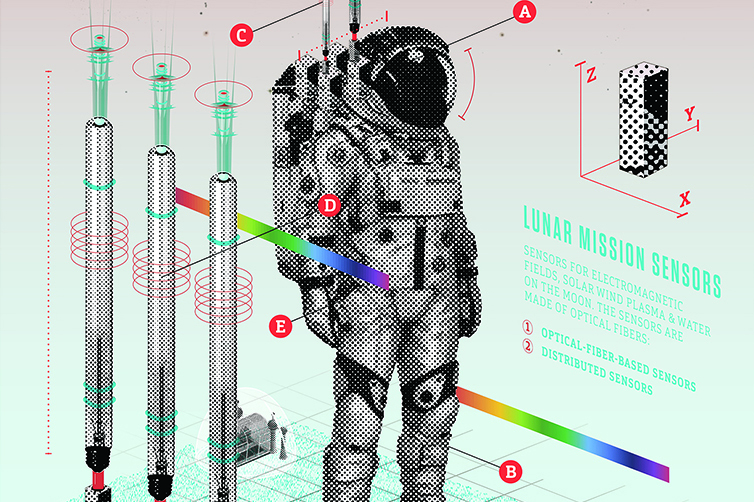
New & Next: A Faculty Show Celebrating the 125th Anniversary of the Eskenazi School of Art, Architecture + Design
January-March, Grunwald Gallery of Art
New & Next is an exhibition containing works from over forty artists and designers. The exhibition coincides with Indiana University’s Bicentennial celebration and will open at the Evansville Museum of Arts, History and Science on November 17th where it will remain on view until January 5th, with a reception taking place December 7th. The exhibition will then travel to Bloomington, opening on January 17th at the Grunwald Gallery and continuing through March 5th. An opening reception will take place at the Grunwald Gallery on January 17th from 6-8pm.
The Eskenazi School of Art, Architecture + Design is celebrating 125 years at Indiana University. Founded in 1895, the Department of Freehand and Technical Drawing at Indiana University was one of the oldest departments at IU. Through the years, the department was named the Henry Radford Hope School of Fine Arts, which was comprised of studio art and art history. The School of Art, Architecture +Design merged the departments of Studio Art with Apparel Merchandising and Interior Design. Currently the Eskenazi School of Art, Architecture + Design houses fourteen different areas. Faculty works will display a broad range of media, with both the handmade object and new technologies on display. Exhibited works will include video and film, paintings, drawings, sculpture, architectural models, textiles, prints, photographs, collages, ceramics and installations in a variety of media.
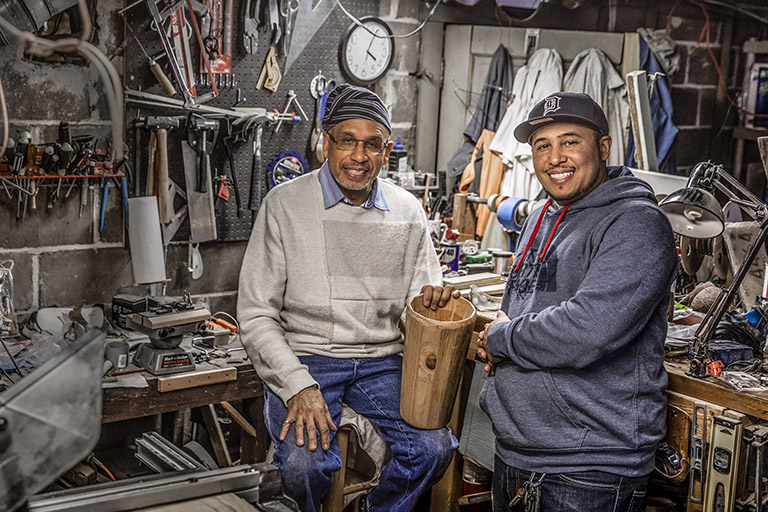
Traditions of the Future: Apprenticeships and Traditional Arts in Indiana
January-December, Mathers Museum of World Cultures
What are Indiana’s traditional arts? Are they fixed in time and place or do they continue to evolve and grow? This photographic exhibition explores Indiana University’s work in supporting the continuation and evolution of these arts across generations. From hoop net making and banjo playing in southern Indiana, to ballet folklórico and Mennonite basketry in the northern part of our state, IU has funded a range of apprenticeships that help to safeguard the traditional practices in diverse communities around the Hoosier State. Come to the exhibition and learn about the distinct family, ethnic, and community traditions practiced in our state. See how apprenticeships help pass on important cultural knowledge to a new generation.

History Harvest
January-March
IU Bloomington’s History Harvest will serve local Indiana communities as we explore how we express our identities through meaningful objects. Our local History Harvest is one of many “open, digital archives of historical artifacts” across the United States that support local communities who want to “collect, preserve, and share” the histories that matter most to them. This digital-archive model helps preserve personal objects that belong with their contributor but have value in the historical record. It also breaks down perceived barriers between scholarly researchers and community members in service of building archives that are meaningful to, and usable by, communities involved in the project. The Center for Research on Race and Ethnicity in Society (CRRES) and the Institute for Digital Arts and Humanities (IDAH) have partnered on this inaugural exploration of what it means to be a Hoosier.
Learn more about History Harvest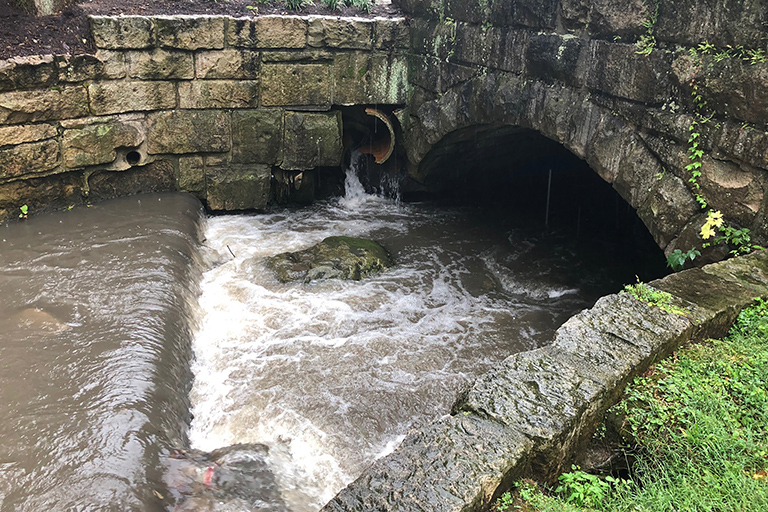
Ebb & Flow: Indiana’s Lost and Forgotten Waters
February-March, Wells Library Lobby
Waters abound in Indiana’s rivers and lakes, but there are also drained, obscured and unseen waters. Much of Indiana’s history has been affected by the availability, movement, redirection and innate properties of water. Ebb and Flow will highlight some of these forgotten waters and the history behind this essential element (it’s really a compound!). Created and curated by IU faculty members Eric Sandweiss, Betsy Stirratt, and Tracy Templeton, the exhibit will touch on the history of mineral waters (French Lick, Martinsville and Mudlavia; underground waters (Jordan River, caves, and groundwater); buried/filled in rivers and canals, (the Wabash and Erie Canal); and drained wetlands and lakes (the Kankakee Marsh and Beaver Lake).
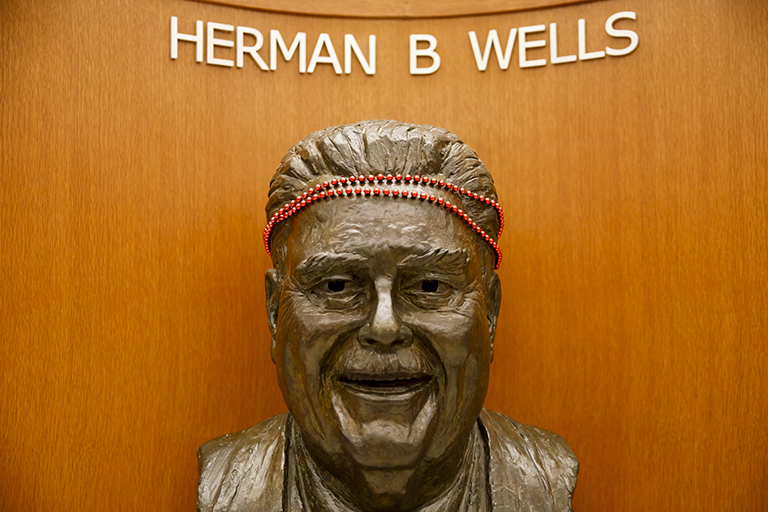
Remixing Our Collections: Selections from Indiana
February 6th, 2020; 1pm-3pm; Herman B Wells Library Lobby and Hazelbaker Hall
Celebrating contemporary Indiana art, culture, and scholarship, this two-hour exhibit will feature artist books, ethnographic field recordings and popular music, maps, photographs, books, and films drawn from library and campus special collections. Stop by to learn more about Indiana’s rich heritage represented here on campus! In anticipation of Karen Joy Fowler’s March 9th campus visit, we will be giving away free copies of her PEN/Faulkner Award winning novel, We Are All Completely Besides Ourselves.
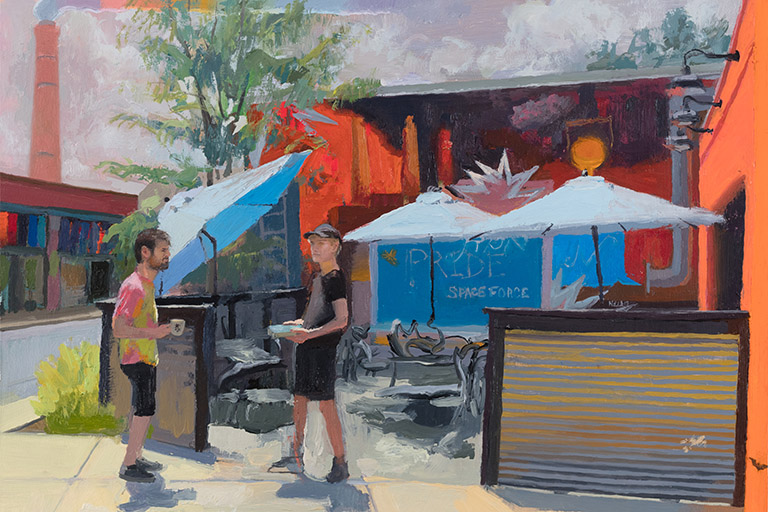
Radiant Futures: Soul, Process, and Place
March-April, Wells Library Lobby
Nathan Foxton is an Indianapolis-based painter, adjunct instructor at the Herron School of Art and Design in Indianapolis, and graduate of IU’s Master of Fine Arts program. Foxton sees painting as an empowering force. Much of his work focuses on the relationship of ideology and meaning and the meeting of our external and the internal worlds. He values the use of color to conjure wonder and contemplate visions of the future. For Foxton, painting reveals a space for an individual’s agency to be known and ideally serves as a vehicle for social impact.

Call and Response: Creative Interpretations of the Wylie House
March-September, Wylie House Museum
Wylie House Museum called upon Indiana artists of diverse backgrounds and perspectives to respond to the historic 1835 home of Indiana University’s first president. The selected artists were asked to reflect upon the people who have been marginalized and silenced in Indiana history, yet whose lives were meaningful and integral to our understanding of Wylie House and the 19th Century. Through their art, we invite visitors to experience a broader history than is traditionally interpreted at American historic sites.
More About Call and Response
Reworked for Re-use: Tradition and Innovation in Great Lakes Style Beadwork
March-April, Wells Library Lobby
Repurposing family heirlooms and found objects, Katrina Mitten up-cycles everyday items into beautiful and compelling works of art. Through her craft, an antique handbag becomes an artfully beaded purse, which carries her most precious of personal possessions—family stories and cultural memories. A member of the Miami Tribe of Oklahoma, Katrina Mitten, like the generations of her family before her, has always lived in Indiana. Her beadwork transforms ordinary items into extraordinary works of art, that convey her personal beliefs, family narratives, and cultural values.
More about Mitten's visit

